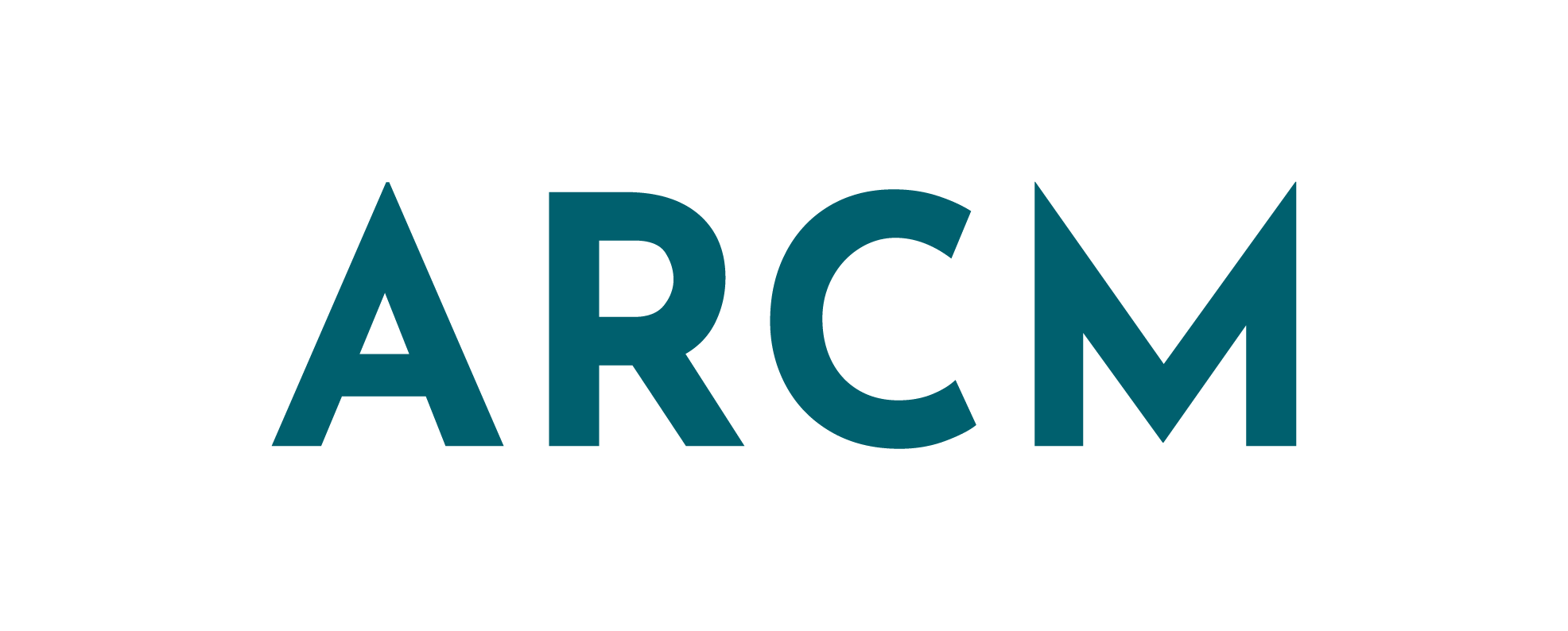When it comes to website projects, everyone is so keen to put SEO first. And while SEO is important, it is not the priority. If you’ve been here before, you already know what I’m going to say. But just in case you haven’t, the core priorities for your website copy should always be:
- Brand
- Messaging
- Clarity
- Conversion
- Accessibility
- Inclusivity
Notice how none of those are SEO? Too many people take SEO guidance too seriously. And forget that your website copy serves a totally different purpose. However, there is some good you can do with SEO.
5 ways to use SEO for good in your website project
SEO is important for your website. A lot of people just approach it wrong.
- Understand the best language to use to describe your product, audience, and solutions
- Structure your website in a way that balances both SEO and conversion
- Guidance for potential future SEO content to support your website copy
- Fix technical issues that can stop your content from performing
- Ensure a smooth transition between websites for your migration (especially making sure you don’t end up with a shit ton of broken links)
Understanding your audience’s language
One of my favourite tools for keyword research is Also Asked. In my opinion, one of the best uses of it is to understand the language your potential customers are using. Just because you call it a “multi-faceted [insert industry] ecosystem”, doesn’t mean your audience does.
When you’re providing a product or service, you’re likely to know more about it than your customers. That’s why they need you. So it’s essential to make sure you’re speaking the same language as them.
Also Asked provides you with a breakdown of questions folks are asking relating to the keyword or phrase you’ve entered. It’s a fucking goldmine of colloquialisms and on-the-job jargon that will tell you a whole lot about how people interact with the problem(s) you’re trying to solve.
Structuring your website
Digging into the SEO of it all can also help you find the right structure for your website. A new website usually requires a new sitemap. Whether you’re changing your products/services, reducing the scope of your website to remove shady old SEO tactics, or things have just gotten a little messy over the years, redesigning your sitemap is all a part of the process.
And it’s important to let SEO inform that. Of course, you’ll need to dig into your analytics to check over pages that are currently performing well, as well as undertaking a technical audit to track down things like broken links, missing redirects, and functional issues with the site.
Keyword research can also go a long way to helping you find the right titles for your pages as well as how you organise your site.
Guiding your future SEO content
The keyword research phase of a website project doesn’t need to only serve the website copy. I actively encourage you to use the insights to further your SEO strategy in the future.
For example, my most recent website client, following the keyword research phase of their website project, has decided to create pillar pages and a wider SEO content strategy to specific target sectors after launch. So I created their sitemap with that expansion in mind.
Keyword research also isn’t a one and done. I’d recommend starting the process at the beginning of every content cluster and, if they aren’t part of your SEO strategy just yet, then be sure to re-do your keyword research once per year.
Fixing technical issues
The SEO stage of a website project begins with equal parts keyword research and technical audits. It’s important to understand what isn’t working. Often, I’ll find that clients have created content targeted towards specific keywords and not understanding why they aren’t performing. Then I rummage through their CMS, analytics, run their site through Screaming Frog etc. and find a litany of broken links, slow loading speeds, and other technical issues.
Remember, SEO has 3 major pillars: content, technical, and links. You need at least two out of the three running strong to maintain any level of visibility in the SERPs.
Ensuring a smooth transition between sites
I’ve seen my fair share of messy website migrations over the years (including my own from Wix to WordPress a couple of years ago), and a lot of stress can be saved by bringing someone in to help manage the SEO side of your migration.
From a more technical standpoint, this includes managing a smooth transition within the DNS for hosting as well as domain registration stuff. And from a less technical standpoint, this is a big focus on managing URL changes within the new sitemap and redirects.
The last thing you want on launching your new site is a shit ton of broken links. Especially if you’re changing the structure of an entire section of your site, for example the blog. Imagine putting years of effort into your SEO content only for the go-live of your new website to render thousands of blogs unreachable because the redirects weren’t put in place in time to move /post/blog-name-here to /blog/blog-name-here.
Painful.
One more thing before I get off my SEO/website soapbox
Keyword and competitor research acts as a guideline, not a rulebook. Your priority should always be your customer.
Because at the end of the day, if your website is full of jargon and spammy SEO bullshit, it doesn’t matter how much traffic you get. No one is going to trust you.
If you need a hand with your website project from someone who knows their SEO shit and won’t get you hit with a spam penalty, let’s have a chat over a coffee (or tea or whatever makes you happy).

